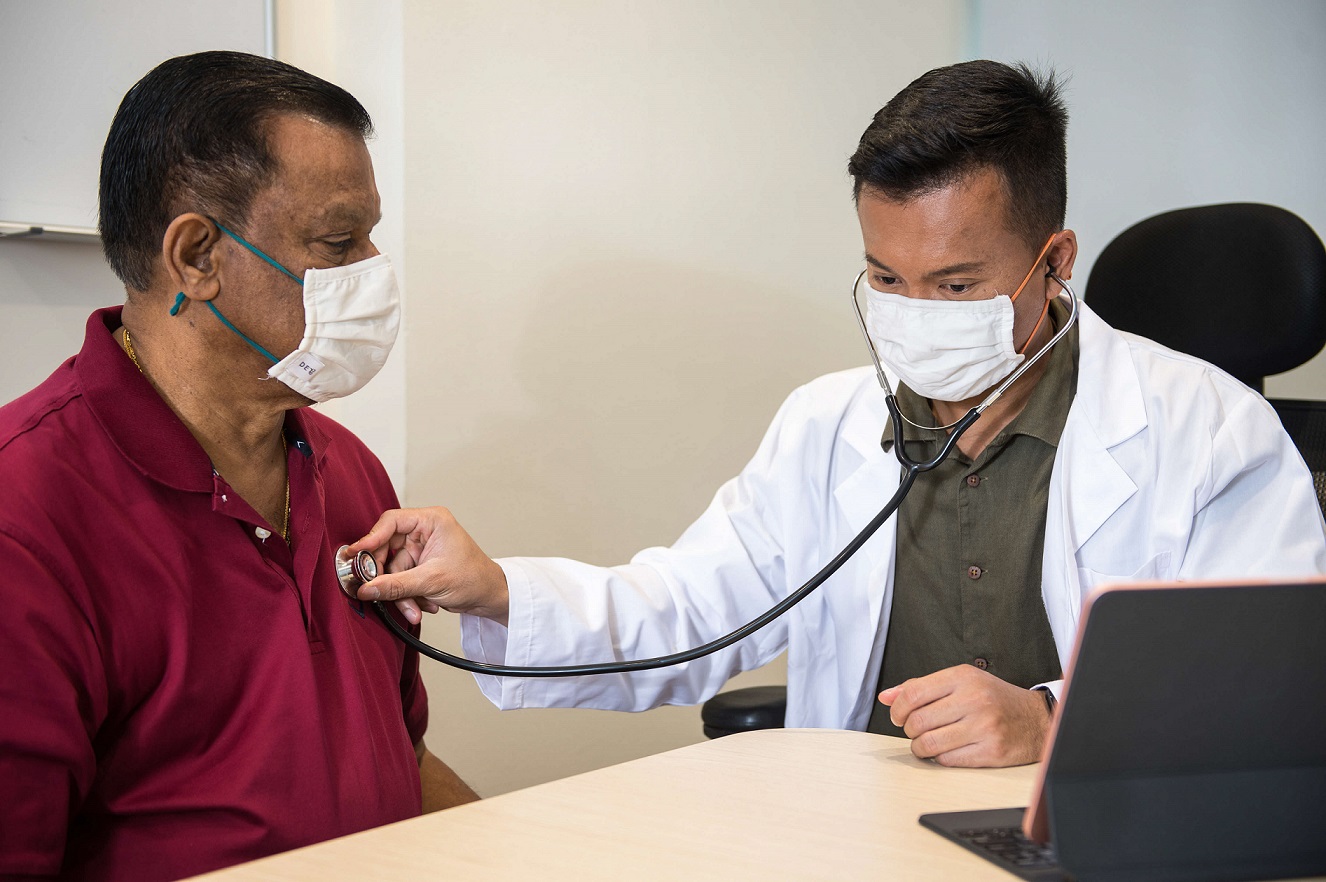12 May 2022
SOURCE: CPF Board

Tutorial
If you’re familiar with video games, you might be well acquainted with the terms associated with them: levelling up, experience points (EXP), battling a ‘boss’ (or villain) and so on. But did you know that you can also apply these terms to real life? Well, today we’ll take you through a little guide of our own—one about healthcare!
Learning about healthcare is much like playing a video game: nobody starts off with all the right equipment, complete with maxed out power, defence and so on. Nobody expects you to defeat the final boss right off the bat. Instead, you work towards that goal by gaining experience and arming yourself with whatever gives you the best shot of success. That’s what this handy guide is for: helping you learn and level up your healthcare knowledge!
Set your goal
Let’s start with the goal. What we hope to achieve is the readiness to tackle unplanned healthcare costs, and to acquire the relevant knowledge that will aid you in doing so. But like we mentioned before, no one’s equipped with everything right from the start. Let’s approach this step by step, so that you can level up with the right experience!
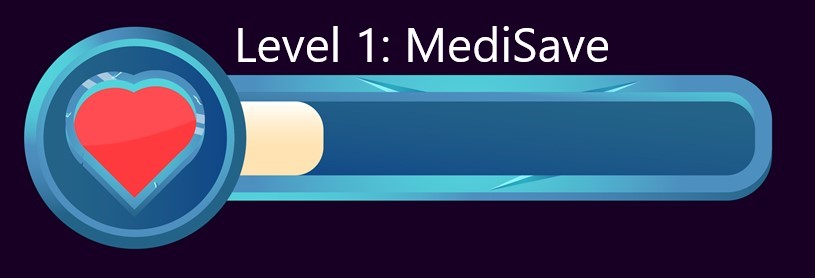
Let’s start with the basics. What you will learn at level 1 is something that is relevant the moment you start working—when your first wave of CPF contributions come in. At this level, we talk about MediSave.
What is it?
MediSave is a national medical savings scheme that helps individuals save for future medical expenses. Part of your monthly salary is automatically deducted for the purpose of building up your MediSave account, but you’re not the only one contributing! Your employer is also responsible for contributing to your MediSave account every month.
Why is it important?
Simply put, it’s a way to help you with your basic healthcare needs. MediSave can be used to pay for your own healthcare needs as well as the healthcare needs of your approved dependants. MediSave can be used for:
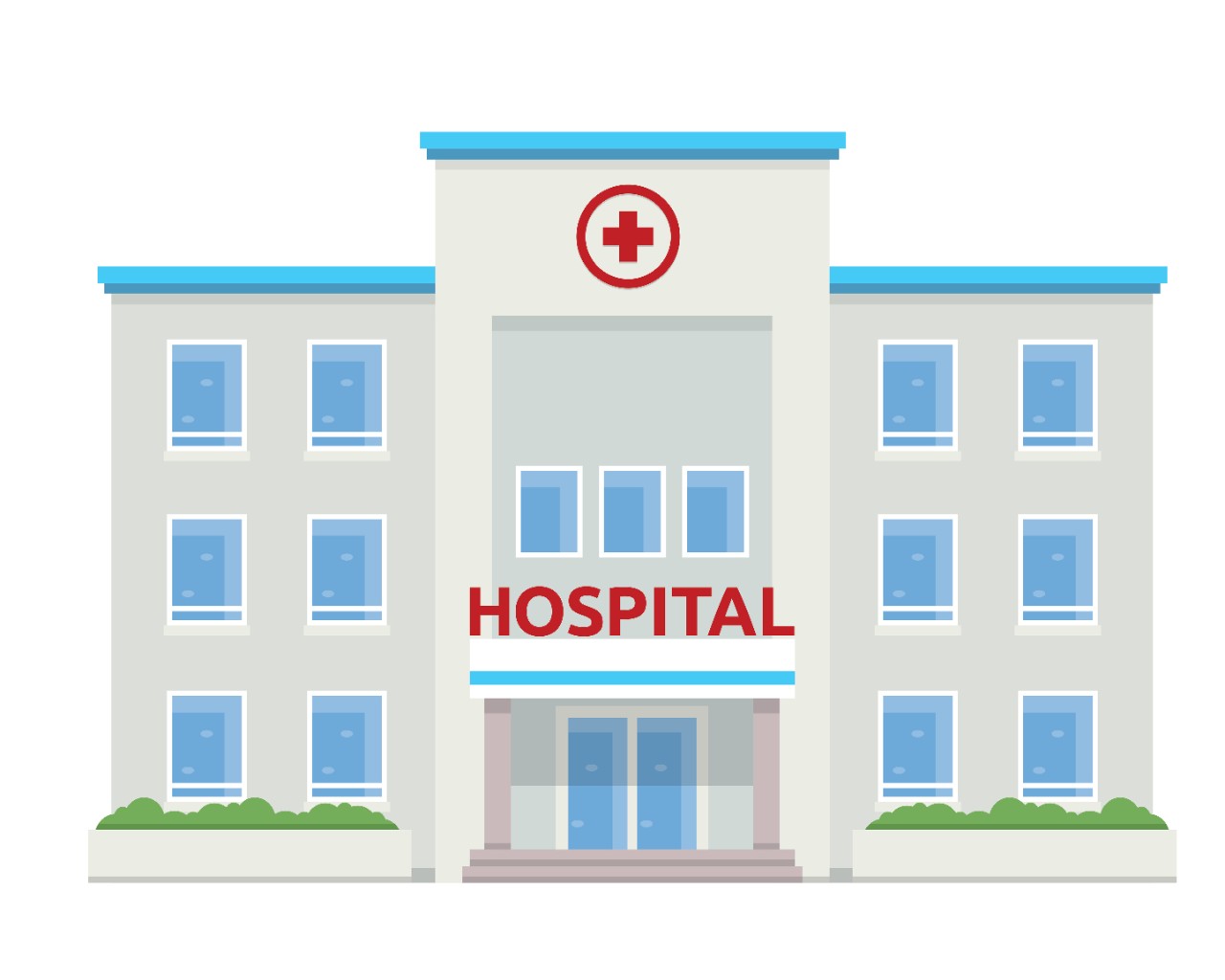
1) Hospitalisation
If you’re admitted to a hospital for at least eight hours, you can claim up to $550 for the first two days of admission and $400 per day from the third day onwards. If it’s for inpatient psychiatric episodes, it’s up to $150 per day for daily hospital charges, subject to a maximum of $5,000 a year.
For inpatient stays at hospitals, you can also claim from your MediSave based on where you stay at:
- Staying in approved community hospitals: up to $250 per day for daily hospital charges, subject to a maximum of $5,000 a year
- Staying in approved convalescent hospitals: up to $50 per day for daily hospital charges, subject to a maximum of $3,000 a year
- Treatment in approved day rehabilitation centres: up to $25 per day for daily hospital charges, subject to a maximum of $1,500 a year
2) Surgeries
For day surgeries, if the surgery is listed under the Table of Surgical Procedures (TOSP) and you’re admitted and discharged within the same day, you can claim up to $300 per day for daily hospital charges in addition to the surgical limit.
If you’re wondering what a surgical limit is, it applies to inpatient and day surgery, and depends on the complexity of the operation according to the TOSP. For example, if the complexity of your operation falls under the 1A category, your MediSave surgical limit is $250, whereas the surgical limit for a 7A operation is $6,200.
3) Premium payments for health insurance:
- MediShield Life
- Integrated Shield Plans
- CareShield Life
- ElderShield
- CareShield Life/ElderShield Supplements
MediSave can also be used to pay for your health insurance premiums, or the health insurance premiums of your family members.*
Do keep in mind that this list is not exhaustive, and there are more things that your MediSave can be used for, such as outpatient care. While MediSave isn’t something you’d use every day, it’s extremely handy when you need it. Think of MediSave as an umbrella: you don’t buy one only when it rains; you buy one on a sunny day, so you’d be prepared for the rainy ones.
As someone just starting out in the working world, it’s imperative that you get your bearings and know your options for the road ahead. You can’t tackle a long journey without first checking your equipment, after all. Therefore, it’s a good idea to familiarise yourself with the basics at this stage. Once you’re done with that and have accumulated some more EXP…
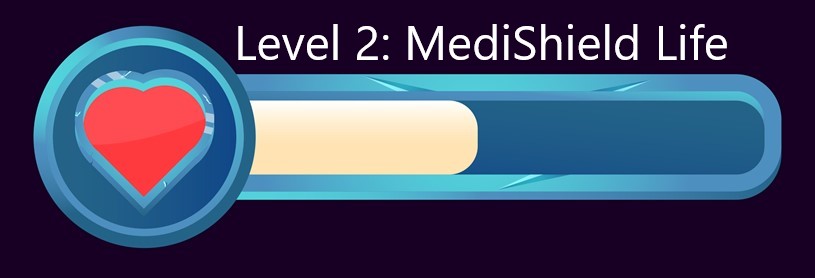
Know your options
You’re now a seasoned adventurer. Armed with your knowledge of MediSave, you’re prepared for the unexpected. But there’s always more to learn when it comes to healthcare! Next up is healthcare insurance such as MediShield Life and the Integrated Shield Plan (IP).
What is it?
We have to first talk about MediShield Life, which is a national health insurance plan administered by the CPF Board. It covers all Singapore Citizens and Permanent Residents for life, regardless of age or health condition. MediShield Life helps to pay large hospital bills and selected outpatient treatments, including dialysis and chemotherapy. This helps you to use less MediSave/cash for large hospital bills, giving you one less thing to worry about.
A private IP is an optional health medical insurance plan provided by private insurance companies, which offers additional benefits on top of MediShield Life. An IP comprises two parts: the MediShield Life component which you’re already covered for, and an additional private insurance coverage offered by a private insurer.
What can this additional coverage provide? Well, first let’s look at MediShield Life again. MediShield Life is designed to cover subsidised bills and can cover large hospital bills up to Class B2 or C wards in public hospitals. You do not need an IP if you plan to stay in B2/C wards in public hospitals which are heavily subsidised. However, as non-subsidised bills incurred for treatments in Class A/B1/B2+ in public hospitals or private hospitals are much higher, MediShield Life will cover a smaller portion of the bill. Thus, if you are firm in choosing B1/A wards in public hospitals or seeking treatment at private hospitals, then you can consider getting an IP that matches your ward preference.
Why is it important?
The additional IP private insurance coverage does not come for free. Buying and maintaining an IP is a significant lifetime financial commitment. So, ask yourself these two questions:
- Can I afford it in the long run?
- Will I utilise these services?
60% of Singaporeans have IPs, but many of them do not end up staying in wards that their coverage entitles them to. If you buy an IP but choose to stay in B2/C wards in public hospitals, you might want to reconsider whether you should pay for additional private insurance.
Unlike MediSave, where you learn more about what you already have, with MediShield Life and IP you need to familiarise yourself with the options available. By considering the options, including its benefits and downsides, you can make a well-informed decision as to what is best for your future.
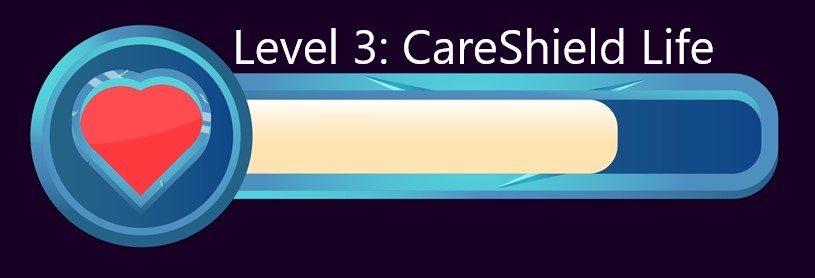
So you’re covered on the basics, and you know what you can do to bolster your coverage when the unexpected occur. For this next level, we’ll look at securing yourself a safety net in the longer term. At this level, we will talk about CareShield Life.
What is it?
CareShield Life is a long-term care insurance scheme that provides basic financial support should Singapore Citizens and Permanent Residents become severely disabled, especially during old age, and need personal and medical care for a prolonged duration.
Singaporeans born in 1980 or after are automatically covered under CareShield Life when they turn 30. Two months before your 30th birthday, you will receive a letter regarding this matter and your personalised CareShield Life premiums will be made available closer to your 30th birthday at this link.
If you are born in 1979 or earlier, participation in CareShield Life is optional. That is, unless you are a foreigner who became a Singapore Citizen or Permanent Resident from 1 October 2020 onwards.
Why is it important?
CareShield Life provides lifetime monthly payouts in the event you are unable to perform three or more of the activities of daily living (washing, dressing, feeding, toileting, walking or moving around, transferring) and requires long term care. It could be due to:
- A sudden disabling event (such as a stroke)
- Worsening of chronic conditions and diseases (such as diabetes)
- Progression of age-related illnesses (such as dementia)
For such situations, they cannot be addressed by a few days of hospitalisation. Such cases require personal care over a period of months, years, or possibly for the rest of one’s life. CareShield Life’s purpose is to provide monthly payouts that continue as long as you are severely disabled. Once you have completed paying all your premiums at age 67 (or 10 years after you join CareShield Life, whichever is later), you will be covered for life.
The monthly payouts start at $624 per month in 2022 and increase over time. They’ll increase annually until age 67 or when a successful claim is made, whichever is earlier, upon which payouts remain fixed for the duration of your severe disability.
In addition, Government premium subsidies and support measures help shoulder the costs of CareShield Life premiums. On top of that, CareShield Life premiums can be paid using your MediSave, and family members can also help to pay via their own MediSave or by topping up your MediSave with cash. These measures are in place to ensure that CareShield Life premiums remain affordable and that no one will lose their CareShield Life coverage because of the inability to afford their premiums. In order to reduce the financial burden that comes with the cost for long-term care, it is imperative to understand what CareShield Life can do for you and your loved ones.
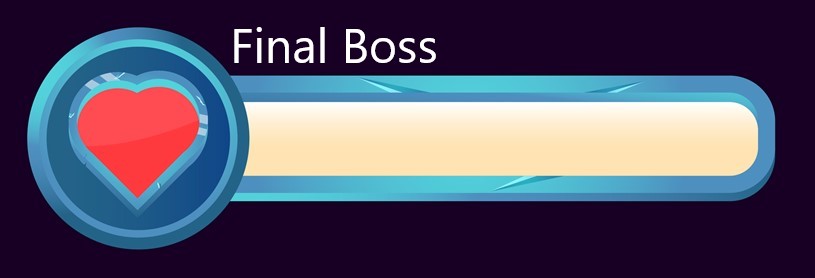
At the end of the day, the greatest factor in securing your healthcare needs is yourself. We can provide you with the tools, but it’s up to you to make the most of what resources you can and ensure that you remain fit and healthy. That’s what this guide is for: to help you navigate through some of the healthcare schemes in place and the important ‘levels’ in your life, and to help you strengthen your safety net against unexpected falls.
* In the case of MediShield Life and CareShield Life/ElderShield premiums, they can be fully paid by MediSave.
For Integrated Shield Plan and CareShield Life/ElderShield Supplement premiums, MediSave may be used to pay for them up to the withdrawal limits.
Disclaimer: All information provided in this article are accurate as of 16 April 2022.

.jpg)
